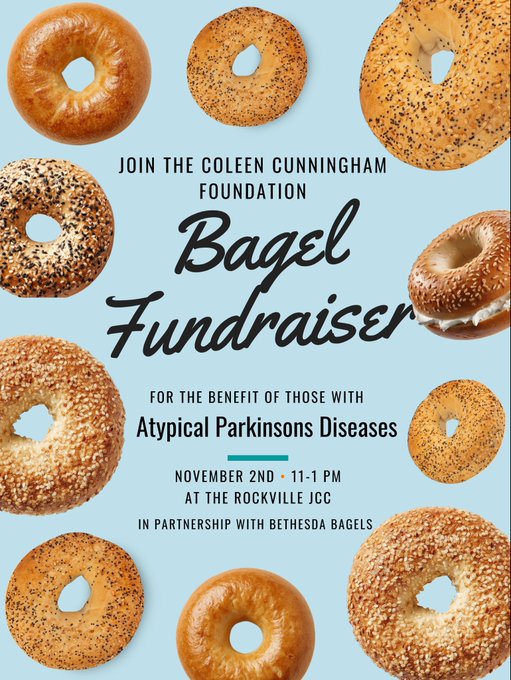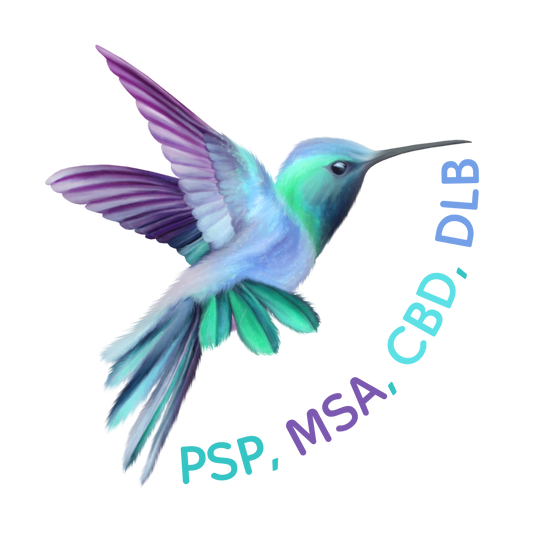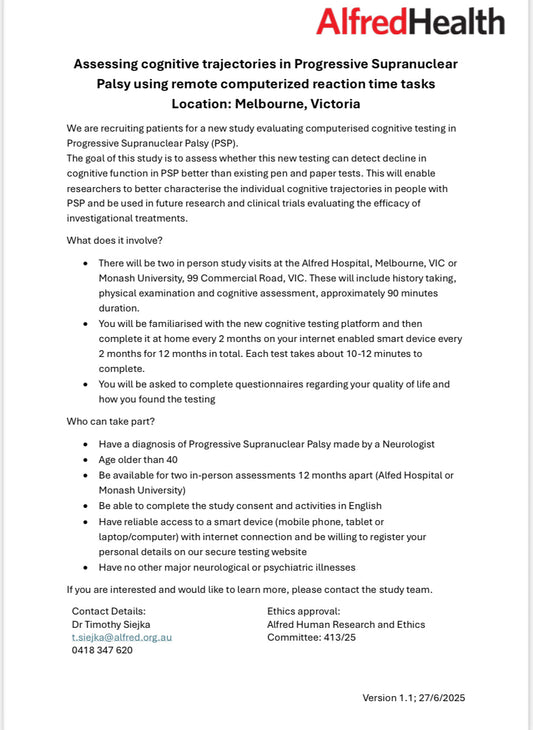Four electrodes placed in brain of patient with PSP syndrome during six-hour-long procedure.
In a first, doctors at Mumbai’s Jaslok Hospital recently performed a deep brain simulation (DBS) surgery by placing four electrodes inside the brain of a patient with progressive supranuclear palsy (PSP) syndrome.
“For some Parkinson’s disease patients with freezing gates [difficulty in walking], doctors have put four electrodes in DBS surgery, but for a PSP patient with Parkinson’s symptoms, we have done this for the first time in the world,” Dr. Paresh Doshi, director of neurosurgery, Jaslok Hospital & Research Centre, said. The patient was awake during the six-hour-long single-hole surgery, which placed the electrodes 16 centimetres into the brain. The surgery cost around ₹20 lakh.
The patient, Dr. Kundan Kumar Varma (65), a retired government doctor from Ahmedabad, first noticed changes in his handwriting six years ago. A local neurophysician diagnosed him with Parkinson’s-like symptoms and he was put on anti-Parkinson’s drugs.
Over the years, his family noticed slowness in his activities and loss of facial expressions. The stiffness of his body increased, making it difficult for him to move. In the last two years, his medicine dose had doubled and the resultant sweating was causing side-effects like hallucinations, disturbed sleep and constipation.
His family then sought help at Jaslok Hospital. Dr. Doshi said he was not sure how to handle this case as it appeared to be 70% Parkinson’s and 30% PSP. Based on a suggestion by Deep Varma, the patient’s son, it was decided to implant four electrodes in the brain: two electrodes for Parkinson’s and two for PSP. Dr. Doshi said, “This was quite tricky and risky as it would not only require a high level of expertise and technical skills but also had a lot of practical issues. To stimulate these four electrodes, one would require to implant two pacemakers, which would significantly increase the cost of surgery.”
Dr. Doshi and his team then came up with an innovative idea to use a switch-like function in one pacemaker to alternate activation for two different sets of electrodes. Dr. Varma underwent implantation of the electrodes in the subthalamic nucleus, which is a typical target for Parkinson’s disease, followed by two more electrodes in the pedunculopontine nucleus, which is a target for PSP.
In Parkinson’s treatment, a patient can get good quality of life for 20 years, but with PSP there is slim hope in medical science. According to neurologists, PSP is very dangerous because the patient would be alive but will not be able to speak, swallow and walk.
The medical team said since Dr. Verma’s symptoms are now more like Parkinson’s disease, his subthalamic nucleus target electrodes have been activated. Over a period, if the PSP supersedes the symptoms of Parkinson’s, then those electrodes will be switched off and the PSP electrodes will be activated.
Dr. Varma has now returned to Ahmedabad. “The surgery was done in August and my father is doing fine. His physical movements have improved. The stiffness in his body has disappeared. Earlier, he was experiencing a lot of pain in the lower parts of the body. Now, he can live his life reasonably well. But this treatment does not improve his cognitive abilities,” said Mr. Deep Varma.
How DBS works
Deep brain stimulation consists of two electrodes implanted into the brain which have four to eight contact points. These electrodes are then connected with the help of an extension wire to a pacemaker, similar to cardiac pacemaker, which is implanted in the left infraclavicular i.e. below the clavicle bone region. The pacemaker is programmed with the help of telemetry.
Modern pacemakers come in two versions: one is non-rechargeable, which needs to be replaced after four years and the second one is rechargeable, which can last up to 25 years, but it has to be charged every week.
Thousands of combinations can be done right from the selection of the contact point, pulse width, amount of current, and frequency of the current.
Patients are given a small remote control with which they can increase or decrease the current within a set range.
original article; Lalatendu Mishra Mumbai 06 December 2020 23:30 IST
Updated: 06 December 2020 23:30 IST


 Donate
Donate




1 comment
Thank you for sharing a bit of hope for the victims of both vicious diseases. My Father, an Anesthesiologist, died in 2004, from PSP after suffering for4-6 years. He was 69.